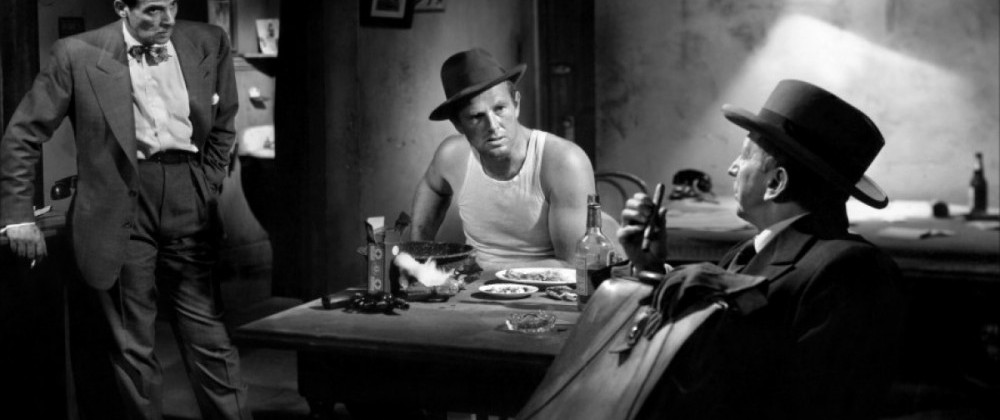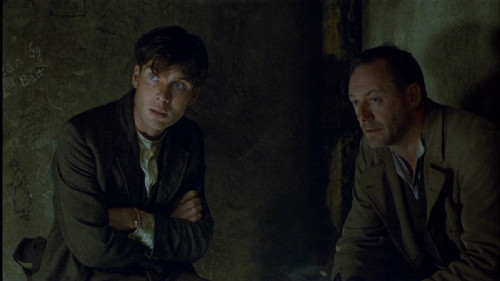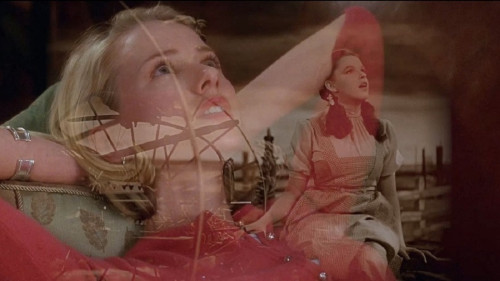Volume 11, Issue 10 / October 2007
Film Noir Special
In this issue
-
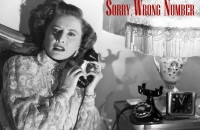
Film Noir: A Study in Narrative Openings, Part 1
-
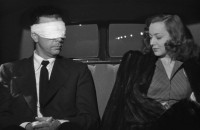
Film Noir: A Study in Narrative Openings, Part 2
-
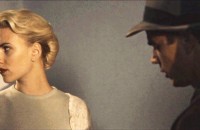
Dark Tales from Hollywoodland
-
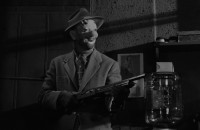
A Left-Handed Form of Human Endeavour: Narrative Comparisons & Contrasts Between the Noir Heist Films The Asphalt Jungle and The Killing
-
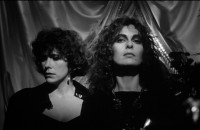
Singapore Sling: Postmodern Noir, Narrative, and Destructive Desire
Cult Cinema Extraordinaire
Ten years and counting and Offscreen has, oddly, never featured the film noir, so I guess the time was right. Whatever it may have been when it started (movement, mood, style, cycle), the film noir is now a genre, and one of the more marketable and viable of contemporary popular forms. Although its influences and origins can be traced far beyond North America (German Expressionism, French Poetic Realism, etc.), the film noir was (and remains) one of the most dynamic and fruitful American cinematic forms. It is no coincidence that in its heyday director after director, regardless of pedigree, made one good noir after another. Something about the conventions and iconography etched in place made it easy for directors to ‘fit’ into and excel at. This special issue on the film noir starts off with a two-part formal-textual analysis of classic film noir openings. Part 1 serves as a general introduction to film noir and then offers a detailed analysis of a few representative case study films. Part 2 expands on the case study with a greater sampling of films treated in lesser detail. The next two essays by Catherine Benoit and Peter Wilshire respectively concentrate on two cycles within the noir film: the true crime genre and the heist film. In the former essay Benoit looks at the recent De Palma film The Black Dahlia and concentrates on both its noir pedigree and its borrowings from the true crime genre. Wilshire’s essay compares two contrasting models of the heist film: The Asphalt Jungle (John Huston) and The Killing (Stanley Kubrick). The final essay deviates from orthodox noir by dealing with an esoteric Greek art house film, Singapore Sling, and in doing so demonstrates the widespread influence of film noir. In “Singapore Sling: Postmodern Noir, Narrative, and Destructive Desire” author David Church rescues the film from its absence in the large field of critical discourse on neo-noir film by cleverly arguing that the film takes the classic noir themes and styles (misogyny, violence, convoluted narratives) as the subject for its ‘over-the-topness’ (which is what has kept most critics, mainstream or academic, away from the film). Church meets the challenge of this unique Greek cult film, a postmodern melange of classic film noir tropes (melodrama, gothic horror, Expressionism) and exploitation cinema (extreme gore, explicit sex), head on by contextualising it within the broad terrain of postmodernism and psychoanalysis. (Donato Totaro, ed.)

